What is a good eCommerce conversion rate, and how can I improve it?
In the world of eCommerce, success is measured by numbers. One of the most critical numbers is the eCommerce conversion rate. But what exactly is an eCommerce conversion rate? Simply put, it’s the percentage of your website visitors who make a purchase. However, understanding this concept is just the beginning.
The real question is, what constitutes a good eCommerce conversion rate? And more importantly, how can you improve it? These are the questions that this comprehensive guide aims to answer. Whether you’re an eCommerce business owner, a digital marketer, or an eCommerce manager, this guide is for you.
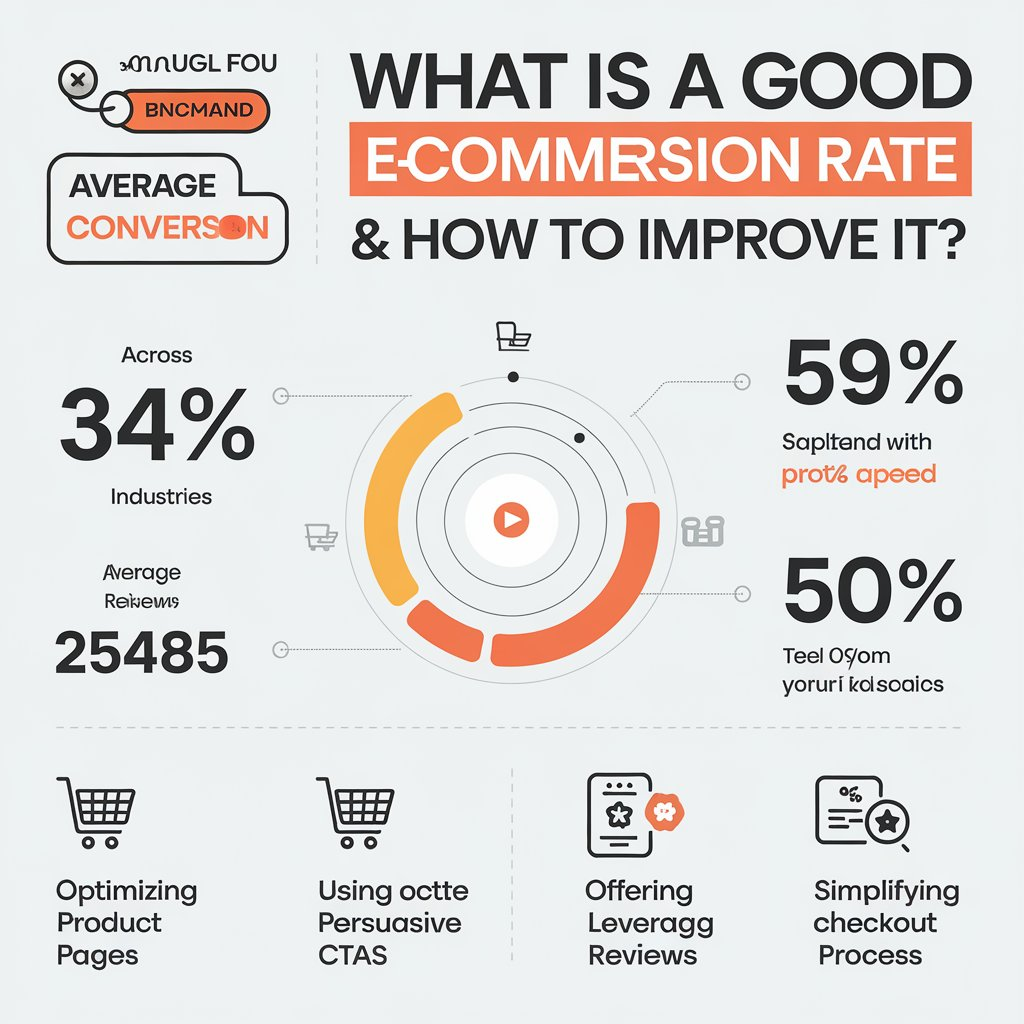
We’ll delve into the intricacies of eCommerce conversion rates. We’ll discuss industry benchmarks and factors that influence these rates. We’ll also explore strategies for improving your conversion rate. From website design to user experience, from mobile responsiveness to checkout processes, we’ll cover it all.
We’ll also introduce you to tools like GA4 for tracking your eCommerce conversion rates. And we’ll discuss the role of conversion rate optimization agencies. By the end of this guide, you’ll have a clear understanding of eCommerce conversion rates. More importantly, you’ll have actionable strategies to improve your own conversion rate. So, let’s get started.
Understanding eCommerce Conversion Rates
Before we delve into strategies for improving your eCommerce conversion rate, let’s first understand what it is. In the simplest terms, an eCommerce conversion rate is a metric that measures the effectiveness of your online store in turning visitors into customers. But it’s more than just a number.
It’s a reflection of your store’s ability to attract the right audience, offer them what they’re looking for, and convince them to make a purchase. Understanding this rate is crucial for any eCommerce business.
What is an eCommerce Conversion Rate?
An eCommerce conversion rate is calculated by dividing the number of conversions by the total number of visitors, then multiplying the result by 100 to get a percentage. A conversion, in this context, typically refers to a completed sale.
However, it can also refer to other desired actions, such as signing up for a newsletter, downloading a resource, or creating an account. The specific definition of a conversion may vary depending on your business goals.
Why is Conversion Rate Important for Your Online Store?
The importance of conversion rate for your online store cannot be overstated. It’s a direct indicator of your store’s profitability. A higher conversion rate means more sales, which translates to higher revenue. But it’s not just about the bottom line.
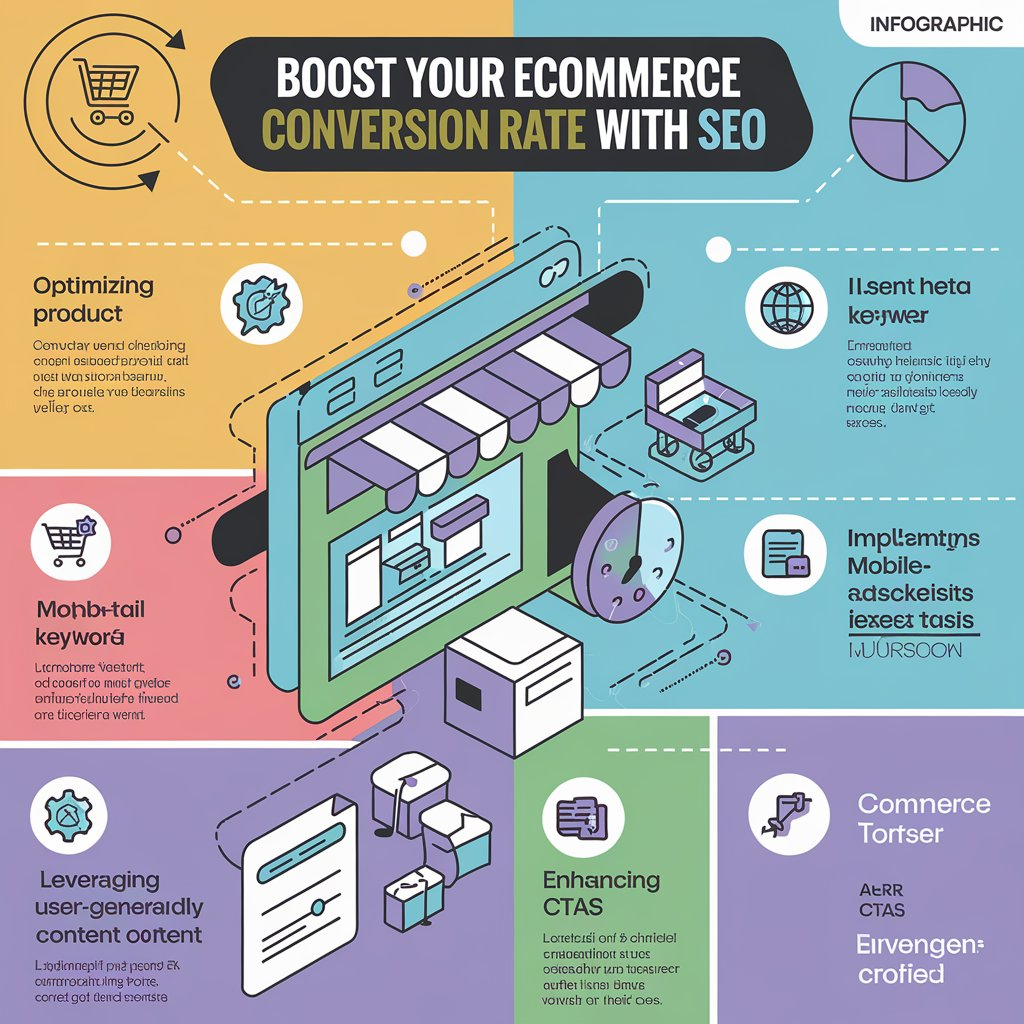
Your conversion rate also reflects the effectiveness of your marketing and sales strategies. It can help you identify areas of improvement and guide your optimization efforts. In short, understanding and improving your eCommerce conversion rate is key to your online store’s success.
Industry Benchmarks for eCommerce Conversion Rates
Now that we understand what an eCommerce conversion rate is and why it’s important, let’s look at industry benchmarks. These benchmarks provide a reference point to gauge your store’s performance.
However, it’s important to remember that these are just averages. Your store’s ideal conversion rate may be higher or lower depending on various factors. These factors include your industry, product type, price point, and traffic sources, among others.
What is Considered a Good eCommerce Conversion Rate?
So, what is considered a good eCommerce conversion rate? The answer to this question can vary widely. However, as a general rule of thumb, a good eCommerce conversion rate is often considered to be around 2-3%. This means that for every 100 visitors to your online store, 2-3 of them make a purchase. But again, this is just an average. Your store’s “good” conversion rate could be higher or lower depending on your specific circumstances.
eCommerce Conversion Rate Benchmarks by Industry
Let’s take a closer look at eCommerce conversion rate benchmarks by industry. According to a 2020 report by IRP Commerce, the average eCommerce conversion rate varies significantly by industry:
- Arts & Crafts: 3.84%
- Baby & Child: 0.71%
- Cars & Motorcycling: 1.35%
- Fashion Clothing & Accessories: 1.41%
- Food & Drink: 0.90%
- Health & Wellbeing: 1.77%
- Home Accessories & Giftware: 1.28%
- Kitchen & Home Appliances: 1.74%
- Pet Care: 2.37%
- Sports & Recreation: 1.75%
These figures provide a useful starting point for setting your conversion rate goals. However, remember that your goal should not just be to meet these benchmarks, but to continuously improve your conversion rate over time.
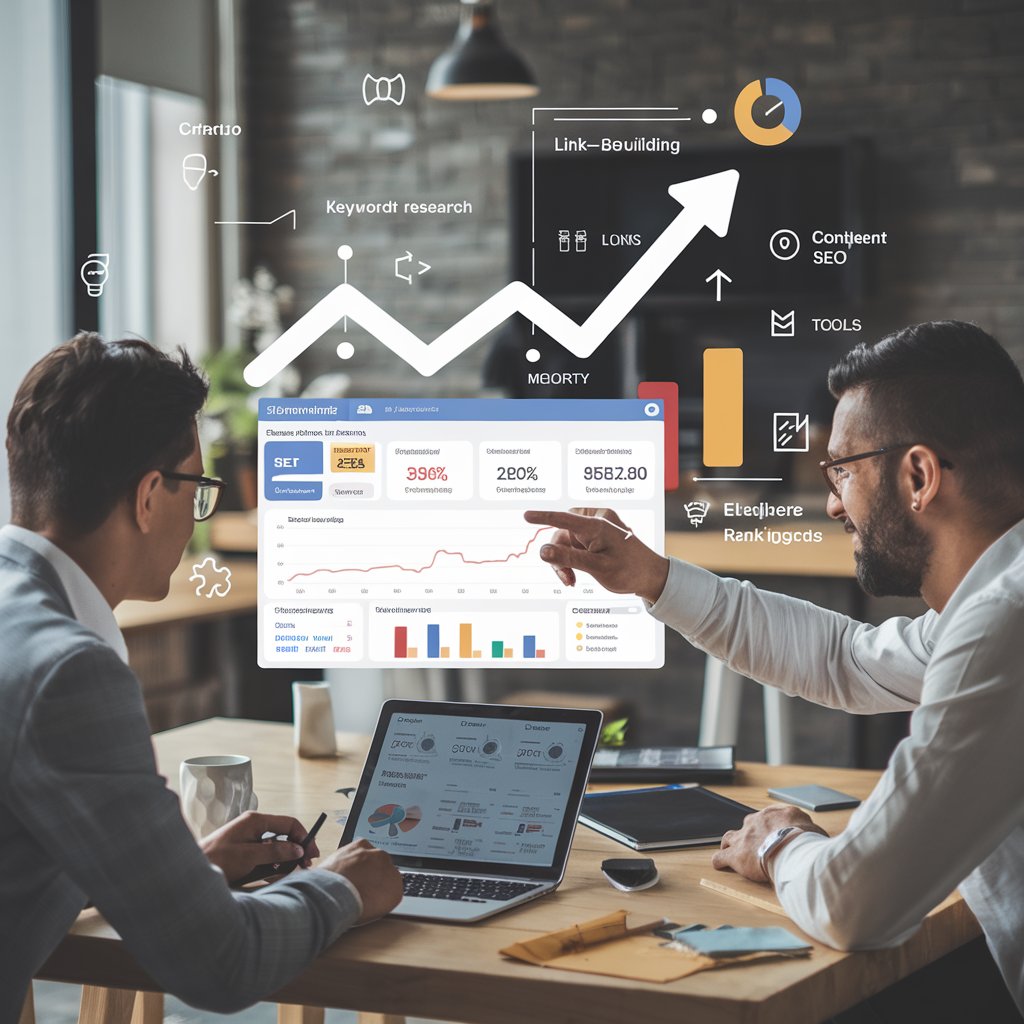
Factors Influencing eCommerce Conversion Rates
Understanding the factors that influence eCommerce conversion rates is crucial. It allows you to identify areas of your online store that need improvement. Several factors can impact your conversion rate. These include your product type, price point, website design, traffic sources, and user intent, among others.
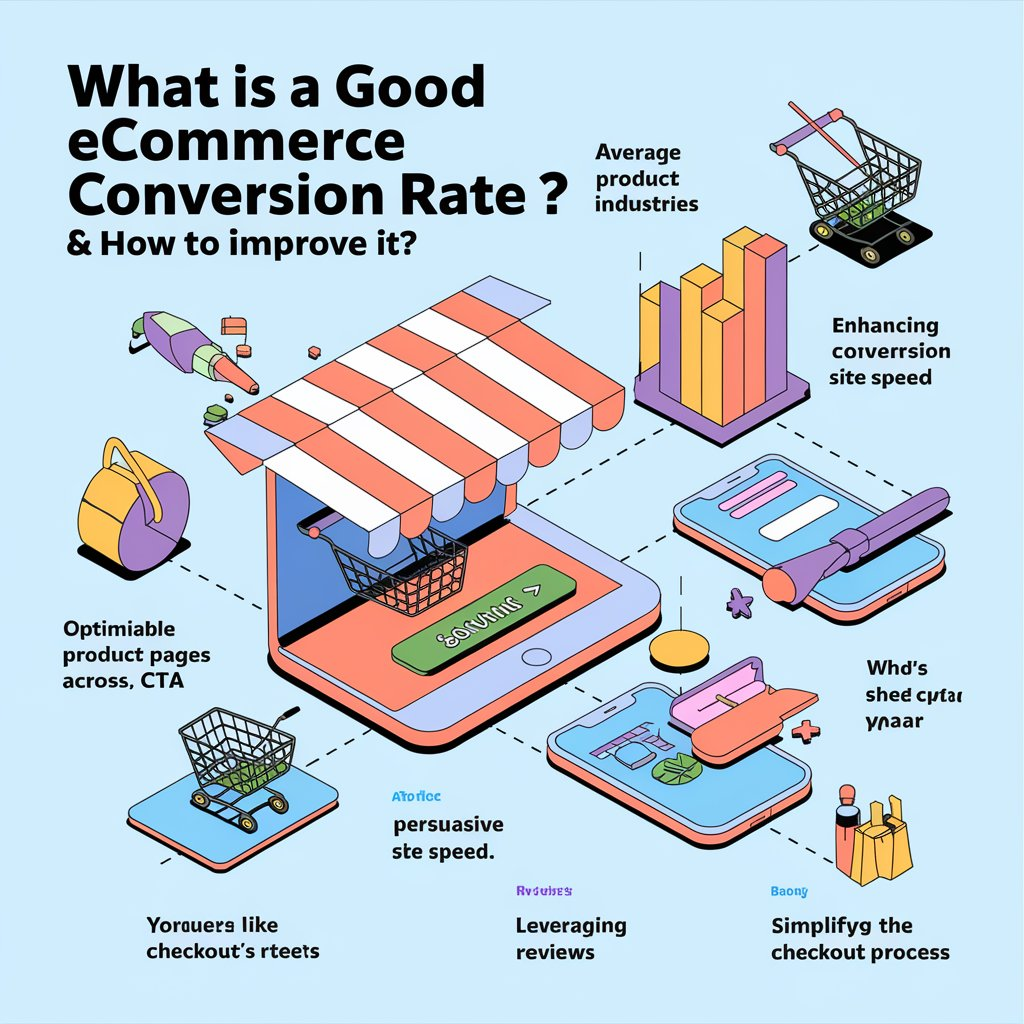
By optimizing these factors, you can significantly improve your conversion rate. Let’s delve deeper into some of these factors.
Product Type and Price Point
The type of product you sell can greatly influence your conversion rate. For instance, high-ticket items like electronics or furniture may have lower conversion rates. This is because customers often take more time to research and compare these products before making a purchase.
On the other hand, low-cost items like books or clothing may have higher conversion rates. This is because customers are more likely to make impulse purchases for these items.
Traffic Sources and User Intent
The source of your website traffic can also impact your conversion rate. For example, traffic from email marketing campaigns or targeted ads may have a higher conversion rate. This is because these visitors are often already interested in your products and are more likely to make a purchase. On the other hand, traffic from social media or organic search may have a lower conversion rate.
This is because these visitors may be in the early stages of the buying process and are less likely to make a purchase immediately. Understanding your traffic sources and user intent can help you tailor your marketing strategies to improve your conversion rate.
Calculating Your eCommerce Conversion Rate
Knowing how to calculate your eCommerce conversion rate is essential. It provides a clear measure of your online store’s performance. The formula for calculating conversion rate is simple. It’s the number of conversions divided by the total number of visitors, multiplied by 100. This gives you the percentage of visitors who complete a desired action. Let’s break this down further.
Step-by-Step Guide to Calculating Conversion Rate
First, you need to define what a conversion is for your online store. This could be a product purchase, a newsletter sign-up, or a download of a digital product. Next, you need to determine the total number of conversions over a specific period. This could be a day, a week, a month, or any other time frame.
Then, you need to find out the total number of visitors to your online store during the same period. Finally, divide the total number of conversions by the total number of visitors, and multiply the result by 100. This will give you your eCommerce conversion rate as a percentage.
Using GA4 for eCommerce Conversion Tracking
Google Analytics 4 (GA4) is a powerful tool for tracking eCommerce conversion rates. It provides detailed insights into your online store’s performance. Here’s how you can set up eCommerce conversion tracking in GA4.
- Set up a GA4 property in your Google Analytics account.
- Enable eCommerce tracking in your GA4 property settings.
- Set up data streams to track your online store’s traffic.
- Define your conversions in the ‘Conversions’ section of your GA4 property.
- Use the ‘Analysis’ section to view and analyze your conversion data.

GA4 also allows you to segment your conversion data. This can help you understand which traffic sources, products, or user behaviors are driving the most conversions. By leveraging GA4, you can make data-driven decisions to improve your eCommerce conversion rate.
Strategies to Improve Your eCommerce Conversion Rate
Improving your eCommerce conversion rate is a continuous process. It involves testing, analyzing, and refining various elements of your online store. Here are some strategies that can help you boost your conversion rate. These strategies focus on enhancing the user experience and removing barriers to purchase.
Website Design and User Experience
The design of your website plays a crucial role in conversions. A well-designed website is easy to navigate and visually appealing. It guides visitors towards making a purchase in a seamless and intuitive way.
On the other hand, a poorly designed website can frustrate visitors. This can lead to high bounce rates and low conversion rates. Therefore, investing in professional website design can significantly improve your eCommerce conversion rate.
Mobile Responsiveness and Optimization
More and more people are shopping on their mobile devices. Therefore, having a mobile-responsive website is no longer optional. It’s a necessity for any online store that wants to stay competitive.
A mobile-optimized website not only improves the user experience. It also boosts your search engine rankings, driving more organic traffic to your online store. By optimizing your website for mobile, you can reach a larger audience and increase your conversion rate.
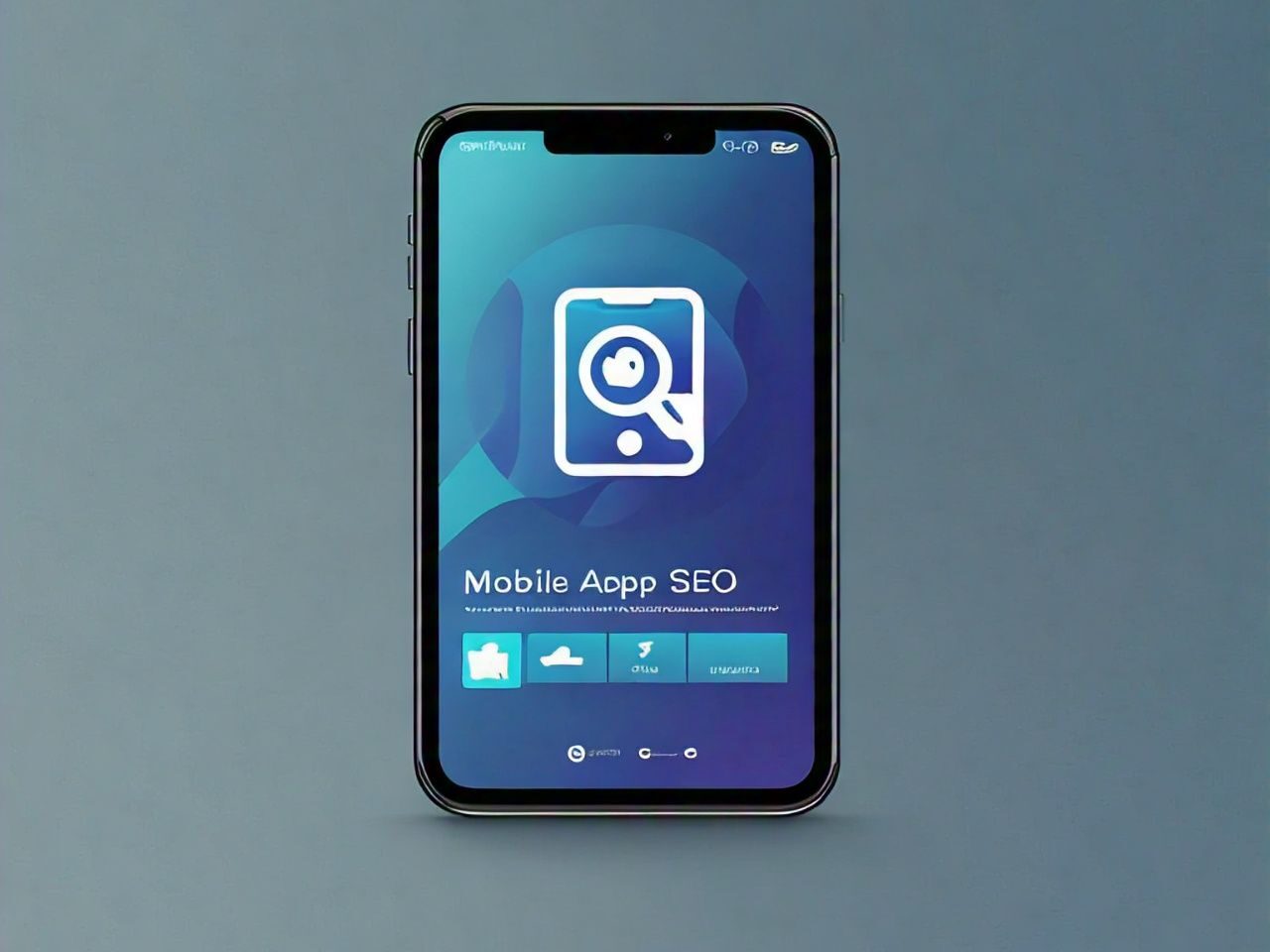
Checkout Process and Payment Options
A smooth and straightforward checkout process is key to improving your eCommerce conversion rate. Any friction or confusion during checkout can lead to cart abandonment. Offering multiple payment options can also boost conversions.

Different customers have different preferences when it comes to payment methods. By accommodating these preferences, you can make it easier for customers to complete their purchase.
Product Descriptions, Images, and Reviews
The way you present your products can greatly influence your conversion rate. Detailed product descriptions and high-quality images can help customers make informed purchase decisions. Customer reviews provide social proof, which can boost trust and credibility.
By enhancing your product listings, you can improve the perceived value of your products. This can lead to higher conversion rates and increased sales.
Advanced Conversion Rate Optimization Techniques
Beyond the basics, there are advanced techniques you can use to optimize your eCommerce conversion rate. These techniques involve a deeper understanding of your customers and their behavior. They also require a more strategic approach to marketing and sales. Let’s explore some of these advanced conversion rate optimization techniques.
A/B Testing and Analytics
A/B testing is a powerful technique for improving your eCommerce conversion rate. It involves testing two versions of a webpage to see which one performs better. By comparing the results, you can identify which elements of your website are working well and which ones need improvement.
Analytics tools, like Google Analytics, can provide valuable insights into your website’s performance. They can help you understand how visitors interact with your website and where they drop off. By analyzing this data, you can make informed decisions about how to optimize your website for conversions.
Personalization and Customer Segmentation
Personalization is about tailoring the shopping experience to each individual customer. This can involve showing personalized product recommendations or sending personalized emails. Customer segmentation, on the other hand, involves dividing your customer base into distinct groups.
These groups can be based on various factors, such as demographics, buying behavior, or interests.mBy personalizing the shopping experience and targeting specific customer segments, you can increase the relevance of your marketing efforts. This can lead to higher engagement, better customer satisfaction, and ultimately, higher conversion rates.
Retargeting and Loyalty Programs
Retargeting is a technique that involves showing ads to people who have previously visited your website. It’s a powerful way to re-engage visitors who didn’t make a purchase on their first visit. Loyalty programs, on the other hand, are designed to encourage repeat purchases.
They reward customers for their loyalty, making them feel valued and appreciated. Both retargeting and loyalty programs can help you increase your eCommerce conversion rate. They can turn one-time visitors into repeat customers, boosting your sales and revenue.
The Role of Conversion Rate Optimization (CRO) Agencies
While it’s possible to optimize your eCommerce conversion rate on your own, it can be a complex and time-consuming process. This is where Conversion Rate Optimization (CRO) agencies come in.
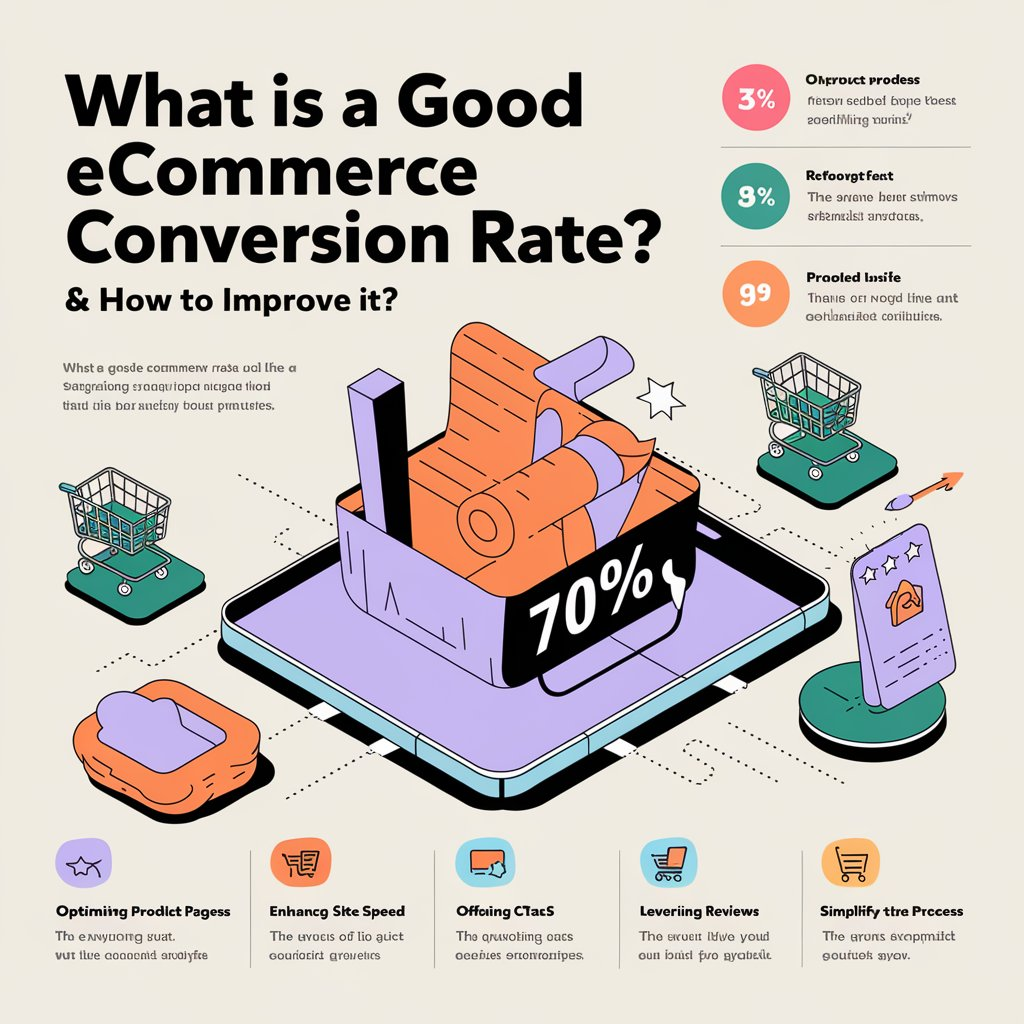
These agencies specialize in improving conversion rates for eCommerce businesses. They have the expertise and tools to analyze your website’s performance and identify areas for improvement. They can also implement and test different strategies to see what works best for your business. Let’s look at when you might consider hiring a CRO agency and the benefits of doing so.
When to Consider Hiring a CRO Agency
If you’re struggling to improve your eCommerce conversion rate, it might be time to consider hiring a CRO agency. This is especially true if you’ve tried various strategies but aren’t seeing the results you want.nA CRO agency can provide a fresh perspective and bring new ideas to the table.
Benefits of Working with a CRO Agency
Working with a CRO agency can have several benefits. First, they can save you time and effort by taking care of the optimization process for you. Second, they can provide expert insights and recommendations based on their experience with other eCommerce businesses. Finally, they can help you achieve better results faster, boosting your sales and revenue.
Case Studies and Success Stories
Learning from others’ experiences can be a great way to improve your own eCommerce conversion rate. In this section, we’ll look at some real-life examples of businesses that have successfully improved their conversion rates. We’ll also discuss the lessons we can learn from these success stories.
Real-life Examples of Improved Conversion Rates
One example of a successful conversion rate optimization is the online clothing retailer, ASOS. They implemented a simple change to their checkout process, adding a progress bar to guide customers through the steps. This small change resulted in a significant increase in their conversion rate.
Lessons Learned from Successful CRO Campaigns
The success of ASOS’s CRO campaign teaches us the importance of a smooth and guided checkout process. It shows that even small changes can have a big impact on conversion rates. This example also highlights the importance of testing different strategies to see what works best for your business. Finally, it reminds us that improving the user experience is key to increasing conversions.
Creating a Conversion Rate Optimization Strategy
Creating a conversion rate optimization (CRO) strategy is a crucial step in improving your eCommerce conversion rate. A well-planned strategy can help you identify areas of improvement and implement effective changes.

Key Components of an Effective CRO Strategy
An effective CRO strategy should include several key components. First, it should be based on data and analytics. This means using tools like GA4 to track your conversion rate and identify areas for improvement. Second, your strategy should include A/B testing. This allows you to compare different versions of your website or specific elements to see which performs better.
Third, your strategy should focus on improving the user experience. This can include everything from website design to checkout process. Finally, your strategy should be flexible and adaptable, allowing you to make changes as needed based on your results.
Aligning CRO with Business Objectives
Aligning your CRO strategy with your business objectives is crucial for success. Your conversion rate goals should support your overall business goals, whether that’s increasing sales, growing your customer base, or improving customer retention. For example, if your goal is to increase sales, your CRO strategy might focus on improving product descriptions and images to encourage more purchases.
On the other hand, if your goal is to improve customer retention, your strategy might focus on improving the checkout process and offering better customer support. In any case, your CRO strategy should be a key part of your overall business strategy, helping you achieve your goals and grow your business.
Conclusion and Next Steps
In conclusion, understanding and improving your eCommerce conversion rate is crucial for the success of your online store. It’s not just about attracting visitors to your site, but also about turning those visitors into customers.
Recap of Key Points
We’ve covered a lot of ground in this article. We’ve defined what an eCommerce conversion rate is, discussed industry benchmarks, and explored the factors that can influence your conversion rate. We’ve also provided a step-by-step guide on how to calculate your conversion rate using GA4, and shared a range of strategies and techniques you can use to improve your conversion rate.

Finally, we’ve discussed the role of CRO agencies and the importance of creating a CRO strategy aligned with your business objectives.
Actionable Takeaways for eCommerce Store Owners
честные казино с быстрыми выплатами
бездепозитные бонусы казино
играть в лучшем казино на деньги
база казино с бездепозитным бонусом
онлайн казино России
casino oyunu
As an eCommerce store owner, there are several key takeaways from this article. First, tracking and understanding your conversion rate is crucial. Second, there are many strategies you can use to improve your conversion rate, from improving your website design to optimizing your checkout process.
Finally, don’t be afraid to seek help from a CRO agency if you need it. Improving your eCommerce conversion rate is a continuous process, but with the right strategies and resources, you can make significant improvements.

